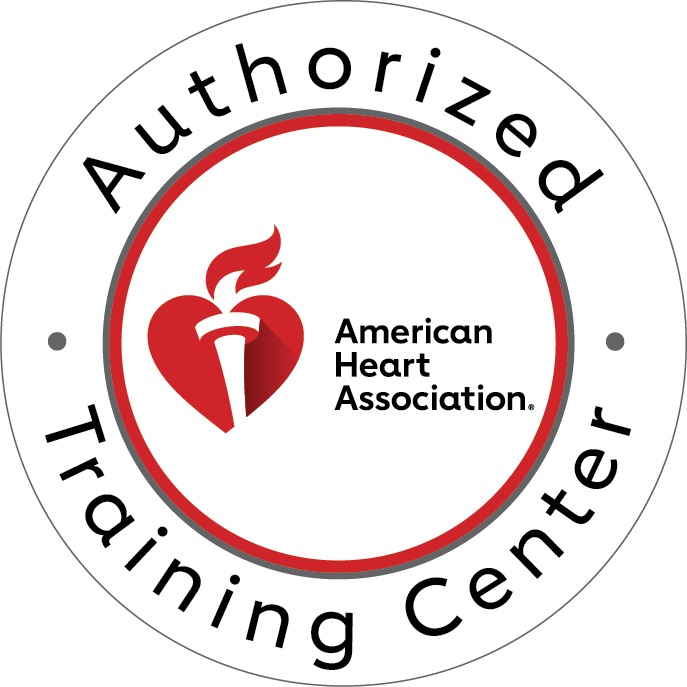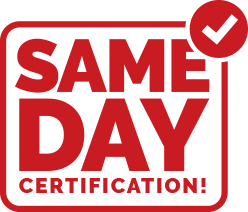It is a requirement of OSHA that employees be given a safe and healthy work environment that is reasonably free of occupational dangers.
Who Should Take This Osha Compliance Training Course?
- Employees seeking a First Aid CPRAED Certification. Bloodborne Pathogens also Available.
- Need a course completion card for job, regulatory (e.g., OSHA), or other requirements.
- To be prepared for an emergency in any setting.
Heartsaver First Aid CPRAED is a video-based, instructor-led course that teaches students critical skills to respond to and manage an emergency, until EMS arrive. Students learn duties, roles, and responsibilities of first aid rescuers; first aid actions for medical emergencies, heart attack, and stroke; and skills for handling injury and environmental emergencies, including external bleeding, broken bones and sprains, and bites and stings. Adult and child CPR and AED use, infant CPR, and how to relieve choking in adults, children, and infants. This course teaches skills with the proven practice-while-watching technique, which allows an instructor to observe the students, provide comment, and help the students’ learning.
2 Year Certification issued immediately after course completion.
Heartsaver Bloodborne Pathogens course is designed to meet the Occupational Safety and Health Administration (OSHA) guidelines for bloodborne pathogens training when paired with a company specific infection control plan. This course is designed for anyone who has a reasonable chance of coming into contact with bloodborne pathogens.
1 Year Bloodborne Pathogen Certification issued immediately after course completion.
Course Content
- First aid basics
- Medical emergencies
- Injury emergencies
- Environmental emergencies
- Preventing illness and injury
- Adult CPR and AED use
- Opioid-associated life-threatening Emergencies
- Child CPR and AED use (optional)
- Infant CPR (optional)
- Written Exam (optional)
Features
- Video-based learning
- Instructor-led, and hands-on skills practice
- Course is updated with the new science from the 2015 AHA Guidelines Update for Cardiopulmonary Resuscitation and Emergency Cardiovascular Care
Also, available in blended learning.





